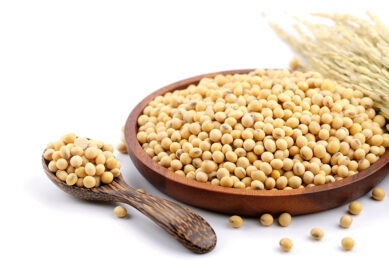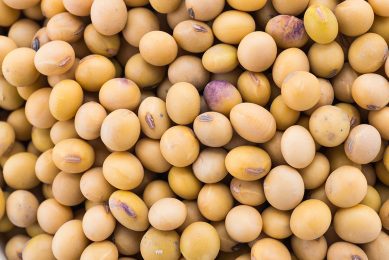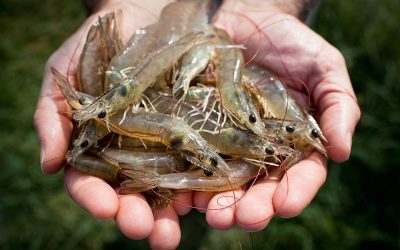New ARS-developed soybean line resists key nematode
A new soybean line developed by Agricultural Research Service (ARS) scientists, JTN-5109, is effective against the most virulent soybean cyst nematode, called LY1.
The soybean cyst nematode is a pervasive soybean pest worldwide. In the United States, the nematode is the most damaging soybean pest, causing an estimated yield loss of nearly 94 million bushels (app. 2.56 million tonnes) in 2007.
Genetic resistance has been the most effective means of controlling the pest.
Nearly all nematode-resistant soybean varieties currently available contain resistance genes from one of two sources—soybean lines “Peking” or Plant Introduction (PI) 88788.
JTN-5109, however, has combined nematode resistance from three sources—“Peking,” PI 437654 and PI 567516C.
Genetic marker
The soybean was developed using a combination of traditional plant breeding and genetic marker-assisted selection.
Nematode populations are genetically variable and have adapted to reproduce on resistant soybean cultivars over time. And in recent years, the LY1 nematode populations were found in Missouri, Illinois and Tennessee.
JTN-5109 provided yields of 26 bushels per acre (1,755 kg/ha) in field studies conducted in 2008.
That yield is not far below the 29 bushels per acre (1,957 kg/ha) produced by 5601T, which is a commonly used cultivar, but one susceptible to LY1.
The JTN-5109 line will be an excellent source material for breeding high-yielding soybeans with resistance to nematodes, especially for the LY1 nematode population.











